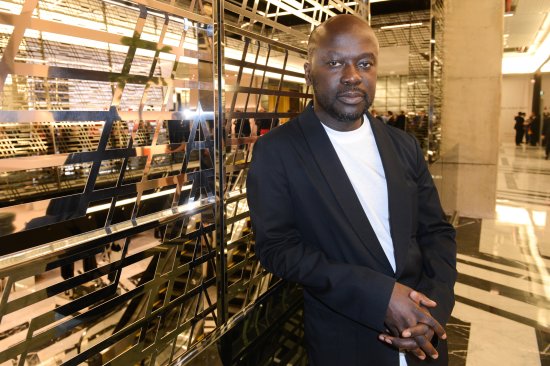
Famed architect builds around history and culture
Meet David Adjaye, the Famed Architect Behind the New National Museum of African American History and Culture Opening in Washington D.C.
Home: New York City and London
Age: 50
Profession: Architect
The National Museum of African American History and Culture, located along the Mall in Washington D.C. is finally here after eight years in the making—and David Adjaye, the architect behind the project can’t believe it’s actually done.
“It’s been eight years in the making from when we won the competition to today, and I can’t believe it’s here. Though at the same time I can’t think of a time that the building wasn’t here. I can’t imagine the site without it now.”
[time-brightcove not-tgx=”true”]
The museum, which is a three-tiered building nodding back to traditional African architecture, was given the three levels on purpose, according to Adjaye.
‘We wanted to focus on three aspects of African American history,” Adjaye says of the inspiration behind the building. “First the history itself, and then the community—and by that I mean the introduction of African Americans to the middle class of America— and then the culture, which is a celebration of their contribution to music, theater, and literature.” There are also windows along the second tier that show the Washington Munument, Capital Building, and other significant landmarks that bring you back to the context of D.C. “The idea is for you to understand that the story of African Americans has always been intimately connected to the decisions that are made in Washington.”
Though Adjaye (whose parents were originally from Ghana), runs a successful architecture firm and says he doesn’t believe his background helped nor hindered his career, he does note that he is one of the few famous non-white architects. “The profession is profoundly lacking in color,” he says. “It’s a white man’s world, and that needs to shift. But I grew up believing in always doing the best I can, and letting people judge me by the work I do. Architecture has been a great vehicle for that.”
He’s also glad the museum is finally here, despite his surprised there wasn’t already a museum dedicated to African American culture. “I was shocked that there wasn’t one on such a significant scale, actually,” he says. “So we really felt it was the best building we could do. It’s really the last one on the mall, but it’s certainly not the least.”